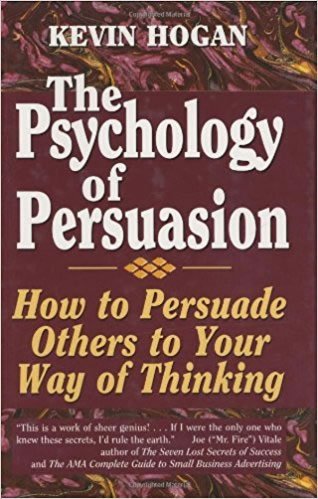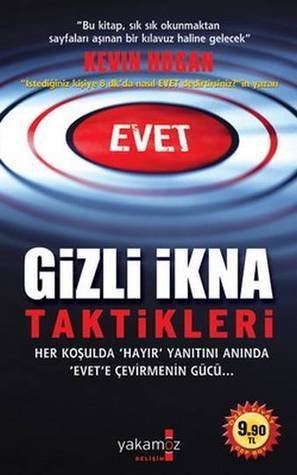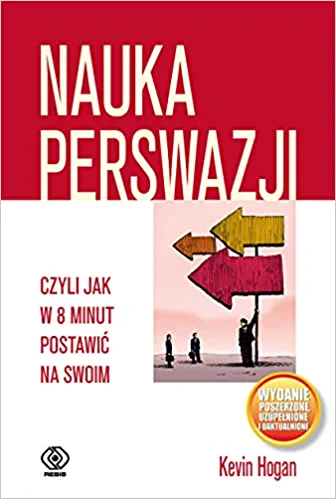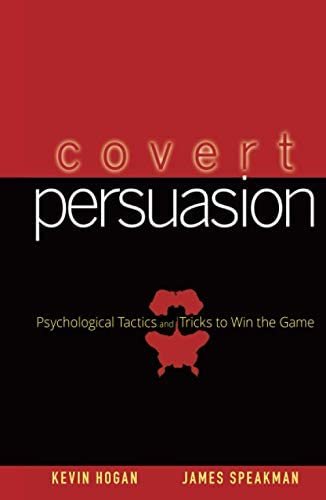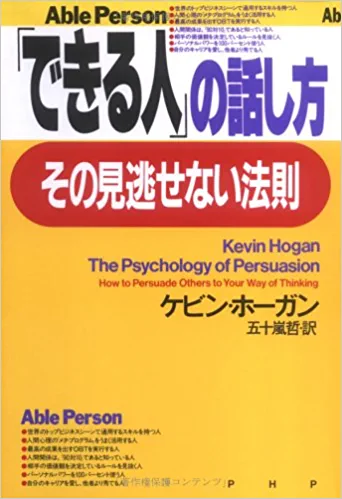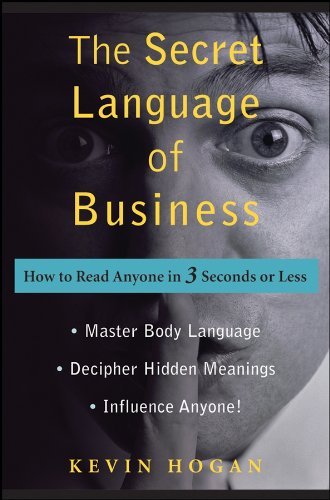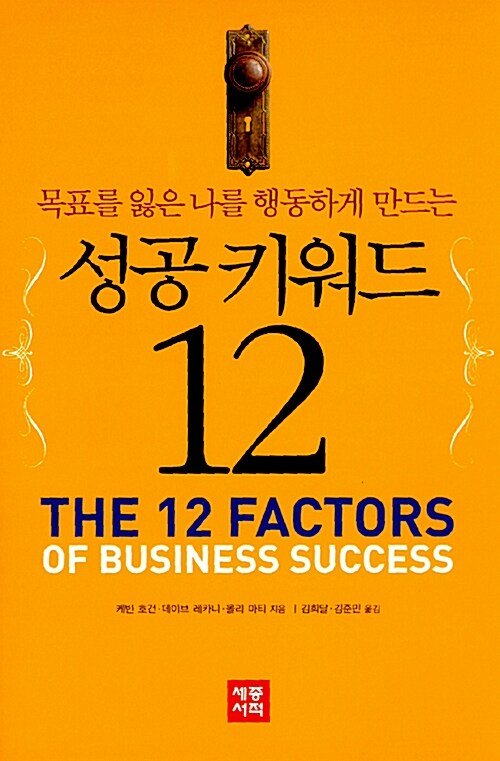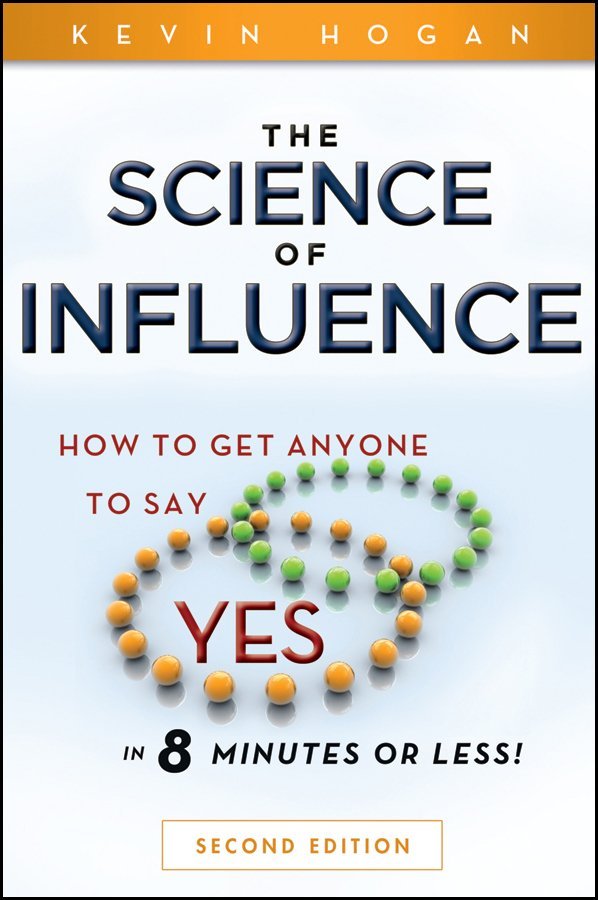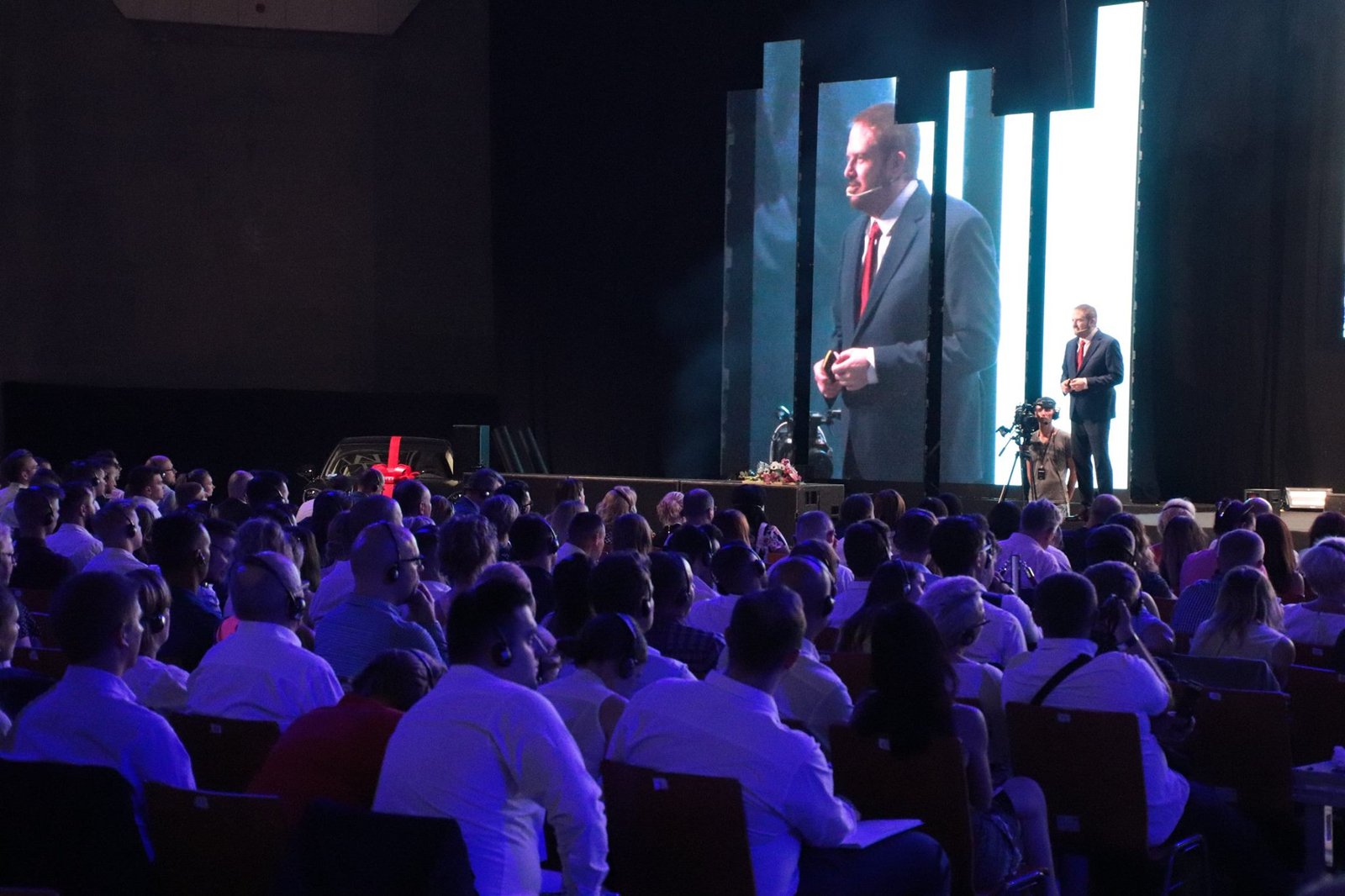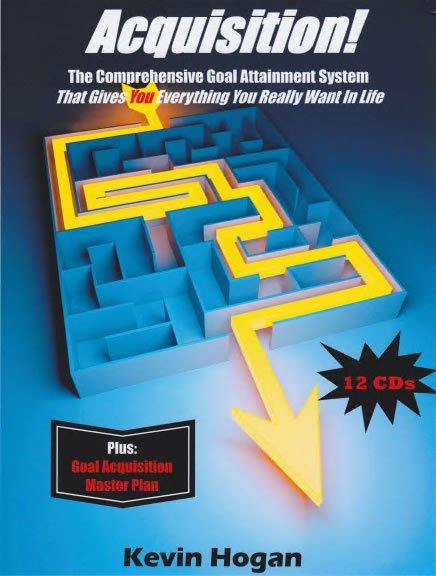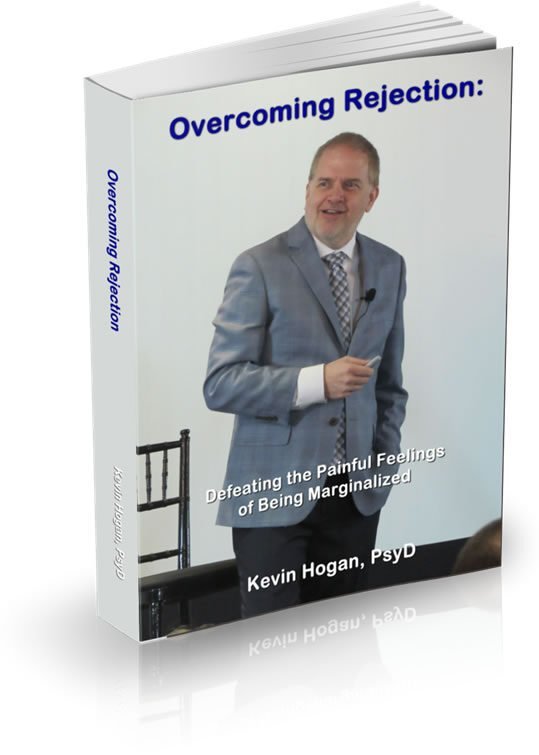
Here’s a game you can play this week and then compare your results to the majority of the population:
Situation A
In a game you receive $1,000. In addition, you have a choice between a certain gain of $500 OR a 50% chance of winning an additional $1,000 and a 50% chance of winning nothing. Which do you choose?
Situation B
In a game you receive $2,000. In addition, you have a choice between a certain loss of $500 OR a 50% risk of losing $1,000 and a 50% chance of losing nothing. Which do you choose?
Before you read on, please do make your choice.
These are the situations that Kahneman and Tversky (1982) presented to hundreds of subjects. Situation A and B are 100% identical, but most people choose differently in each situation because of the framing. In both situations, you are deciding whether you want $1,500 guaranteed, or have a 50/50 chance of ending up with either $1,000 or $2,000.
How do most people respond?
In Situation A:
- 84% of people choose the certain $1,500 (the first option); and
- Only 16% gamble at the 50/50 chance of ending up with $1,000 or $2,000
In Situation B:
- 31% of people choose the certain $1,500 (the first option); and
- A full 69% were willing to gamble at the 50/50 chance of ending up with either $1,000 or $2,000.

Question: Examine the two frames (situations) carefully. What is the difference between the frames, and why do you think people choose the way they do? How might you utilize your hypotheses in your own interactions? (This will be discussed at length in Volume 4 of The Science of Influence CD program.)
Here are a few lessons we learn from research that examines Frames and Choices:
Lesson A: People do not necessarily decide what is best for them, they decide what PRESENTATION of facts is more attractive, and the unconscious mind has part in this.
The unconscious mind doesn’t think or make decisions. By definition, it can’t and never will. It has no capacity to come up with alternatives. It reacts in the way it immediately sees the environment and avoids the greatest fear and pain as it is instantly “evaluated”. The unconscious mind is the dominant force in almost every human being’s life and, remember, the unconscious mind doesn’t even think! It’s been programmed through genes and through the environment.
Lesson B: Because we all succumb to the presentation of facts (and fallacies) and not to reality itself, we all need to look at any important decision from all points of view!
Lesson C: People will lock in a sure gain in favor of any risk in the future, but they will let their losses run. (Example: People hold a stock today at 10 that they bought at 70 because they have so much in the stock. This is one of the stupidest things people do. They should take the money and invest in the instrument that holds the highest probability of appreciation and theoretical gain.)
Now, let’s turn the page and move this to a more real world scenario and see how the way people think causes them to make bad decisions, and how you can influence them to do what is in their best interest once they blow it…
Page 2

You see a brand new car that you have been drooling over for months. It’s priced at a price that is $500 below invoice, plus a $2,000 rebate! But, because money has been tight, you decide against buying the car. Three months later, your financial situation has improved and you see the same car still priced at $500 below invoice, but the rebate program ended last month. Do you buy the car?
If you are like most people, the answer is no. Why would that be? You can get a car at below INVOICE (that’s supposedly what the dealer pays for the car, not the price on the car!). The reason is that most individuals experience what is called the avoidance of anticipated counterfactual regret.
In English, that means if we bought the car now, we would feel as if we had missed out on last week’s bargain and don’t want to regret it. To avoid that pain, people will continue to pass up great opportunities even though they aren’t quite as great as “the one that got away.”
“No”. It’s the only thing that is more annoying to hear than, “I’ll think about it”.

Obviously, in both cases there is no intention for further decision making or even thought on the subject at hand. Therefore, the time to act, on your part, is probably….. now. Or, maybe it was time to act five minutes earlier by precluding “no” in the first place….
Most of the time they (your client, customer, the girl) simply say “no”. They don’t mean anything by “no”. It isn’t even typically an answer that really means “no” or even “probably not”.
“No” simply means, “my unconscious mind doesn’t think it responds and the response that keeps me in the status quo which is what I’m familiar with says ‘no'”.
It is a reaction.
When the doctor tests your knee reflexes, you do not think, “OK, now, logically I can be reflexive and will swing my knee forward three inches in 1/3 of a second after it is gently struck”. It simply moves. It reacts.
It…. says…. “no”.
Does this mean that all “no” responses are up for grabs? Turn the page…
Page 3

Now, this does not mean that all “no” responses are up for grabs. That simply isn’t the case. Many times, your client has thoughtfully determined that your service isn’t right for them. (They might be wrong in this case, and we can re-present information in such a way that “yes” might indeed be the correct response). In these cases, no means no, but the person could either be right or wrong. You retain the option of turning “no” into “yes”.
Finally, there are instances where “no” is simply the well thought out and correct decision, and it’s not most common that it’s this cut and dry. It never makes sense to ask someone to do what isn’t in their best interest, so in these cases you don’t.
However, IF you drive past the dealership every day on your way to the office, the daily exposure to the car is often enough to overcome the inertia of inaction and allow you to change your mind and buy the car. You’re going to be seeing what you could have had…every single day…and therefore you are experiencing regrets of another kind anyway…so you become more likely to stop back and buy the car.
Now, if you can understand this you can influence others to your way of thinking in ways you have never dreamed of.
1) You’ve met with a client or customer and given them a grand opportunity which they declined. How can you stay in front of that customer over the weeks and months so they ultimately will do business with you? (Out of sight = out of mind)
2) How can you change an offer or restructure an offer so that the client/customer feels as if they are getting the same original price on something and therefore not need to psychologically avoid buying from/saying “yes” to you?

Another example: You see a TV and know it retails for over $600. In the Sunday paper you see it for $397, but it’s for one day only. It’s a super bargain if you ever saw one, but you decide against it for some reason. The following Sunday the set is still on sale, but this time for $497. You missed the first opportunity for some reason or another and now you have an opportunity to still get the TV at a big discount…and of course you don’t buy it because you will feel the loss of the $100 that you would have saved had you purchased it last week!
The research of this phenomenon shows that inaction inertia occurs when the second action opportunity is in some sense “worth” substantially less than the initial opportunity, even though the current action opportunity has positive value in an absolute sense (Tykocinski, 1998).
Therefore once a customer or potential customer/client says “no” to you, you must develop a strategy to overcome inaction inertia or you will lose this client forever.
How can you structure your initial offer so that it is a tremendous value while allowing the customer to feel the perception of a similar tremendous value later…if they say “no” to you now? Find out on the next page.
Page 4

In order to accomplish this, you must win over the conscious and unconscious mind in a fairly quick fashion. (Usually not as easy as you would like to believe…). That means that your proposal must make “sense” and it must be in line with one of the fundamental desires or drivers of their behavior. This is NOT the same as emotions, but emotional content is obviously going to accelerate a “yes” response once the proposal is tracked into a fundamental driver.
If your proposal isn’t tracked in one of the 16 drivers that is driving their life (for example, the desire to eat and to bond could be a driving force in one person’s life, while the desire to have sex and acquire could be drivers in another person’s life), you’re simply going to hear, “I’ll think about it,” or… “no”.
Obviously this doesn’t mean, “Okay, if you go out with me, I’ll give you lots of food and be a great person to bond with,”… or, “Now, if you buy a house from me, you’ll get lots of sex and acquire lot’s of money”. In fact, people are often embarrassed by their core drivers. You don’t often see people walking around saying, “and I’m proud that altruism and connection drive my behavior!”.
Those desires that drive our behavior are pretty obvious to ourselves (Example: I have thousands of books in my library, so do you that the desire to learn and acquire might be among my top four or five drivers?).
As is detailed in Covert Hypnosis: An Advanced Course in Unconscious Influence, there is an elegance to tracking your proposal into their core drivers.
In situations where you have made hundreds of decisions (like driving a car), the unconscious mind almost always makes good movements and reacts well to keep you and everyone else around you safe. In these cases, a person’s “intuition” tends to be good. Intuition simply means your immediate reactions and how you feel about them. (NOT what you think about them.) In situations where you have much less experience making essentially all correct decisions, like driving a car, your reactions and feelings about your reactions are completely suspect and so are theirs.
In the case of the TV, perhaps you might include a service contract at no cost. This expense costs the company next to nothing and is quoted at $80 to the customer.
In the case of the automobile, you could offer to do 18 months of free oil changes and tune-ups. Total value could be as much as $500, and the real cost is next to nothing because virtually no one comes back to the dealership for their maintenance, especially in the first year and a half (and even if they did, the cost of oil and a filter is negligible compared to the profits on the automobile sale).

A person of influence must preclude the “no” reaction in the first place. The best way to do this is utilizing tools of anticipated regret that overcome resistance.
Legend Point: You lay down a logical proposal that wires right into a key driver and you get “yes”. You don’t have to hear “no,” or “I’ll think about it” because you are triggering the deep drive to move in the direction of your proposal.
Granted, it takes a while to be able to identify a person’s driving desires. And it takes practice and feedback on your efforts of weaving messages into drivers to begin to understand just how powerful this is. Once you are able to do this, you have the world at your fingertips. You can have as much or little success as possible. Indeed, this is what power (empowerment for women) is all about.
Publishers Clearing House has done this for years. (Many would say unethically… and I might not argue that.) Here’s how they have used anticipated regret in their mailings in the past:
“Suppose we told you …You were recently assigned the winning super prize number, but you didn’t enter so we gave the $10,000,000 to somebody else! Deciding not to enter our sweepstakes is serious business.”
That’s pretty powerful stuff isn’t it?
Asking a person to engage in counterfactual thinking means you are having someone consider alternate realities that could be true had someone done some other set of actions. Counterfactual thinking generally is related to regret of course and Publishers Clearinghouse has mastered the concept of regret in marketing as you can see!
Here is your homework assignment that will help you build your powers of influence.
1. List four specific ways that you can utilize anticipated regret with your products and services.
2. List four specific ways you can keep your product/service/ideas in front of your prospects who have temporarily said “no” to you.
3. Write down how you normally frame your offers and see if there are other ways that you can frame your offer to make it more appealing.
Covert Influence: Hidden Persuaders They (Your Competition) Don’t Want You to Have
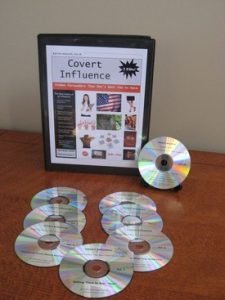
I want to show you one of the most surprising and perhaps one of the most uncomfortable…and powerful phenomenon in Covert Influence. In fact, I want to share with you all the latest research available (well, almost all…!)
Influence Without Resistance. What’s the Key Factor? You’ll have most amazing, truly stunning tactics in predicting what and how your client (spouse, child, customer, read: anyone) will choose. Thus, you are a step ahead of anyone else in implementing the most powerful phenomena in consumer research today. Find out with this program!
Creating Irresistible Impulse. The button is there (for everyone); it just needs to be pushed. What are some of the irresistible impulses marketers are using on you? How can you take advantage of these tactics yourself? It’s all here in this section. Kevin details the marketing phenomenon that pushes the buttons…all the way to irresistible.
Tapping into Human Desires & Emotions. With just ONE change in strategy, a non-profit organization can get 5 times the donations. What can this strategy do for you? You can’t afford NOT to implement this tactic now.
Desires and Emotions… That Influence. You’ve heard some rumors, I’m sure about negative emotions and positive emotions in the influence process. But do you know what actually works, and what to emphasize in the process, and when? Find out once and for all!
Tribes. You’ve heard the term. What does it describe? How does it come into play in the influence process? Most important, how do you utilize the concept of the Tribe in order to make more sales? It’s all here… Kevin explains about subgroups and how to make appeals based on whether a group is “in” or “out”. This is cutting edge research that benefits you.
Covert Influence…to Control Behavior. You’ve seen the signs. Above the candy jar, tacked to the break room wall. Even posted on a fence, or highway. How do signs really influence? What elements should be used in signs to covertly control behavior? Fascinating new research uncovered for you!


